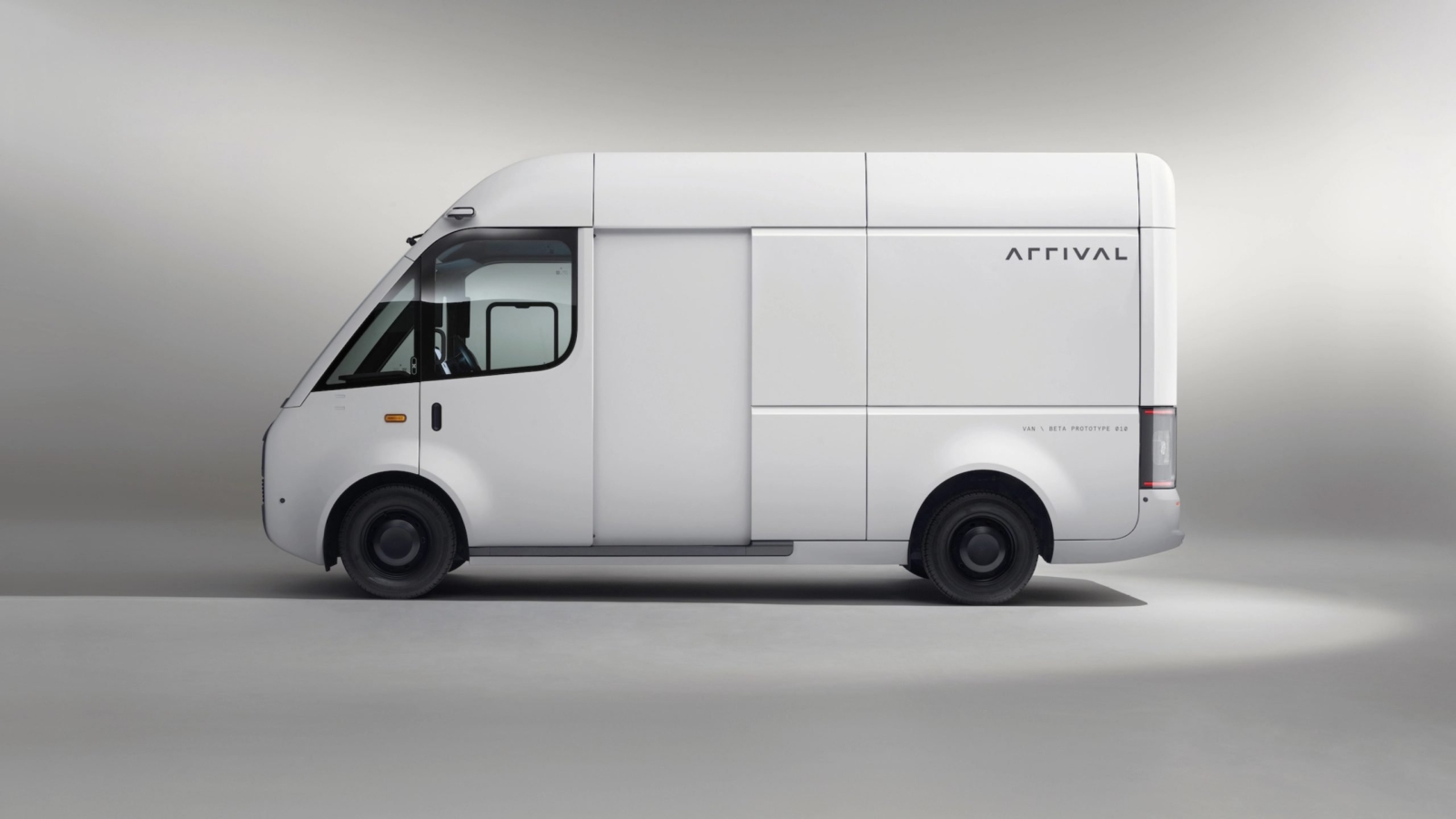Local Motor‘s recent deal with door2door to bring its smart 3D printed EVs to Germany shows that the new generation of smart EVs is on the way. Local Motors was among the companies that first leveraged the concept of a distributed automated factories and it did so by making heavy use of LFAM composite 3D printing for large sections of the Olli vehicles. Arrival may be the first company to fully deploy highly automated Arrival Microfactories to produce an entire family of next-gen EVs. However, while the company has shown heavy use of robots it has not yet made any reference to implementing 3D printing processes for parts production.
In this, Arrival is similar to Tesla, the company that has single-handedly opened a path to electrification and production automation. Tesla has not significantly implemented AM processes in its production workflows yet and it can’t be due to high production demands. While traditional car manufacturers have already implemented AM for tools or final and spare parts production at some levels, Tesla has not yet significantly done so, other than for some occasional part repair.
While they don’t advertise it, both Tesla and Arrival are likely to use AM for prototypes and such part repair operations or, more probably, for end of arm robotic tooling (EOAT), given their heavy use of versatile robotic platforms. At the same time, if and when economies of scale will justify it, transforming a robotic arm from an assembly tool or subtractive system to an additive one, is becoming an increasingly streamlined transition. Even if that additive system is then used to make tools for traditional manufacturing.
Arrival has been developing its own proprietary hardware, software and robotics since 2015 and is using these technologies to enable electric vehicle production through these unique Microfactories, which are small-footprint, low CapEx and can be deployed quickly to serve local communities.
Manufacturing on Demand
In the company’s vision, every Arrival vehicle is going to be produced in these small-footprint, low-cost Microfactories. Microfactories use cell-based assembly instead of the traditional automotive production line. They can be deployed quickly – making use of existing commercial spaces and producing any type of vehicle to meet demand.
Each Microfactory will serve a city and its community – sourcing from the local area and developing custom vehicles for the region they’re in. By localizing the supply chain, Microfactories help to reduce the environmental impact of manufacturing. These are all concepts that the AM industry is already quite familiar with and has been working to support.
The company is now working on the production of the Arrival car, in collaboration with Uber for the ride-hailing industry, which is expected to enter production in Q3 2023. The Arrival Car will join Arrival’s previously announced commercial products, the Bus and Van, to provide cities with a multi-modal zero-emission transportation ecosystem that they require in order to meet their sustainability goals over the coming years. This integrated transportation ecosystem will create cleaner, more equitable mobility solutions for people living in cities that Arrival believes will have a radical impact on their health and opportunities.
Electric vehicles benefit from predictable routes and overnight depot charging, fitting seamlessly within commercial fleets. With the rise of e-commerce, accelerated by COVID-19 and the demand for same-day delivery, the global market for commercial fleets is expected to grow.
* This article is reprinted from 3D Printing Media Network. If you are involved in infringement, please contact us to delete it.
Author: Davide Sher




Leave A Comment